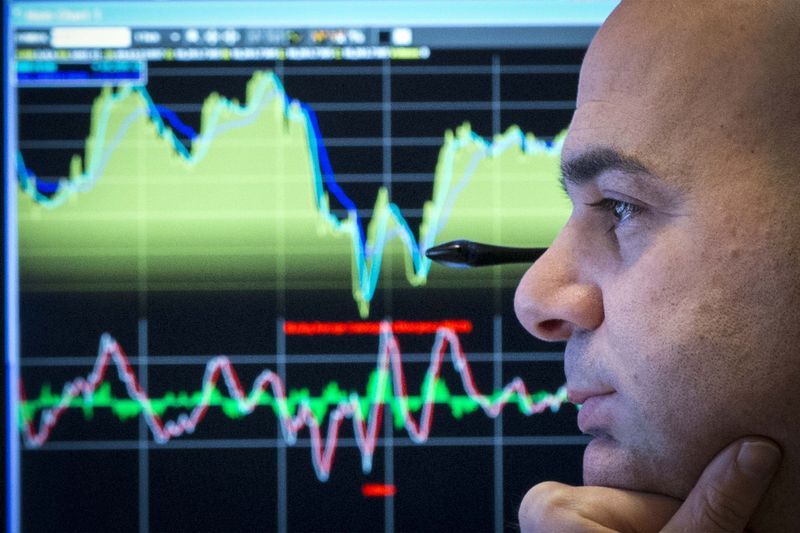Gold prices hit 2-week high as Trump-Fed feud escalates with Cook firing
* Graphic: World FX rates in 2019 http://tmsnrt.rs/2egbfVh
By Elizabeth Howcroft
LONDON, April 17 (Reuters) - The dollar steadied in early
London trading on Friday after its rally was cut short by an
overnight boost to risk sentiment from news of apparent success
in a Covid-19 treatment drug trial and early plans to reopen the
U.S. economy.
The dollar, which has closely tracked risk sentiment through
the coronavirus crisis, was broadly flat against a basket of
currencies, up less than 0.1% =USD .
But there were signs of increased risk appetite as the
safe-haven Japanese yen was down 0.2% JPY=EBS while the
riskier New Zealand dollar rose 0.7% NZD=D3 and the Australian
dollar gained 0.4% AUD=D3 .
The euro was broadly flat against the dollar, at $1.084
EUR=EBS .
Sentiment was boosted overnight by a media report detailing
encouraging partial data from experimental drug trials on severe
COVID-19 patients at the University of Chicago. More data is
expected at the end of the month. News of U.S. President Donald Trump's plans to reopen the
world's largest economy was taken by investors as a positive
sign, even after Thursday's jobless data showed a record 22
million Americans sought unemployment benefits in the last
month. The overnight moves toppled the dollar, which has closely
tracked risk sentiment through the coronavirus crisis, from a
week high.
Though the greenback is headed for its smallest weekly rise
in almost two months, the dollar is likely to be supported in
the short term as any vaccine will take months to come to market
while the economic costs from months-long lockdowns in the
global economy is going to be huge.
"Although there are some signs of recovery this morning, I
still have my doubts that this will prove sustainable," said
Commerzbank FX analyst Thu Lan Nguyen, citing poor economic data
and market concerns about whether new infections are lessening
sufficiently to justify relaxing lockdown measures.
China's economy shrank 6.8% in the first quarter, the first
reversal since at least 1992, as the coronavirus outbreak
paralysed production and spending. Investors were slightly optimistic because the data was not
much worse than they had feared, and because of a
less-than-expected 1.1% drop in industrial output, though big
uncertainties remain.
